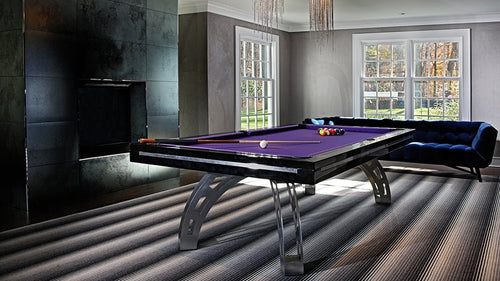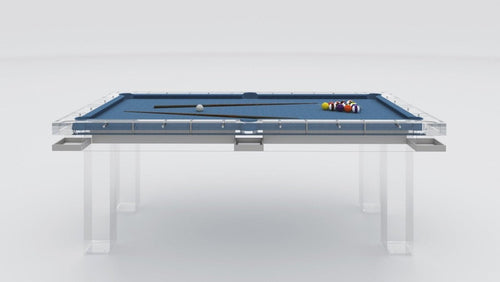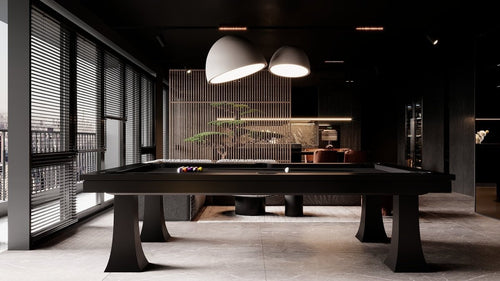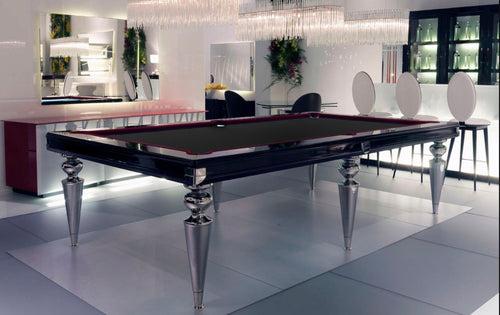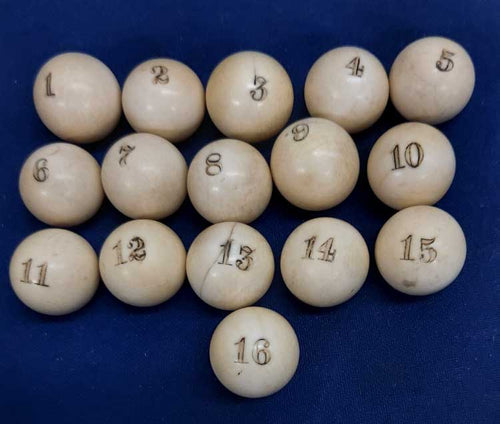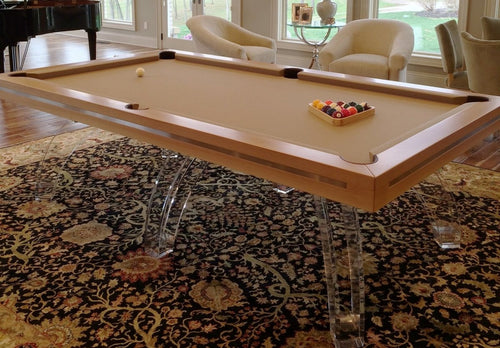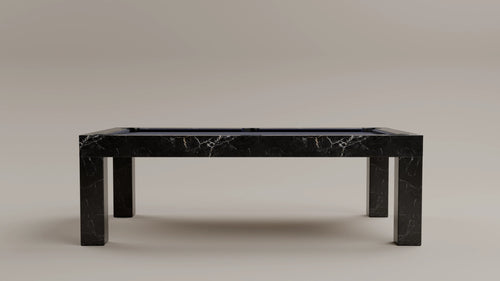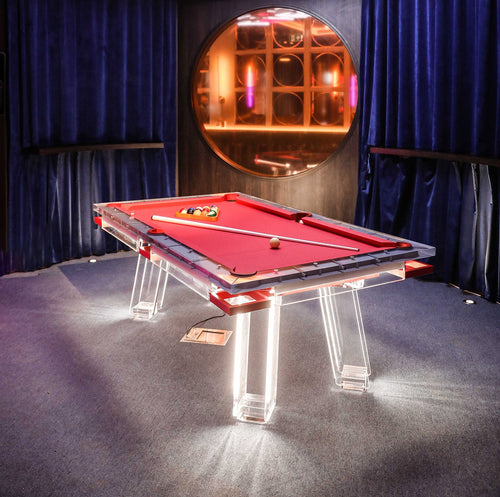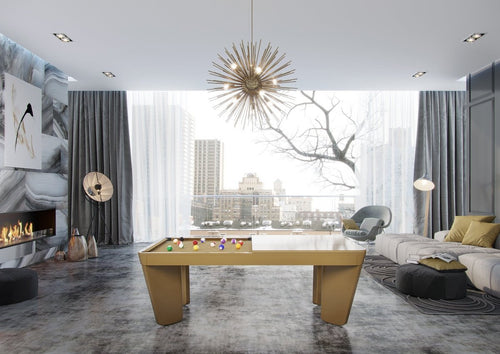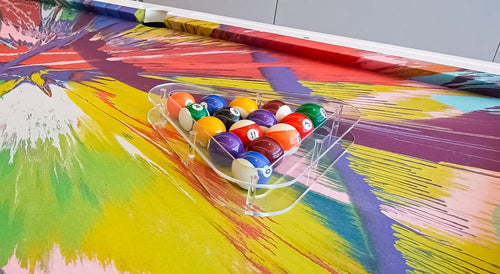Enjoy our modern designs
Estimated Read Time: 6 mins |
In the world of professional interior design, knowing where and how to source materials, furnishings, and collaborators can make or break a project. Trade sources aren't just about finding the right sofa or fabric—they're about building systems, relationships, and efficiencies that fuel your creative vision and bottom line.
The Types of Trade Sources Designers Rely On
Online Platforms
Today, most designers begin with the internet. Vendor websites, digital libraries, and trade-only platforms offer access to product specs, pricing, and availability. Many manufacturers restrict full access to verified professionals, requiring logins or subscriptions. This democratizes access for small firms who now have the same global reach as large studios.
Manufacturers and Jobbers
Manufacturers are the primary source for FF&E, offering samples, specifications, and support. Smaller orders often go through jobbers, who act as intermediaries by buying in smaller lots and reselling to the trade. Working with these sources often involves establishing credit and navigating prepayment policies—especially for newer or smaller firms.
Sales Representatives
Designers often work closely with independent or factory sales reps who act as bridges between manufacturer and designer. They provide price quotes, product education, sustainability credentials, and samples. Reps also host trunk shows and previews to keep designers updated.
Marts, Showrooms, and Market Centers
From major design hubs like New York and Chicago to regional trade marts, these centers allow designers to physically see and feel products. Showrooms typically tag items with retail or coded prices and protect designer profit margins. Trade shows and seminars often run alongside, offering professional development.
Retail Specialty Stores
Designers may turn to retail stores when time constraints demand it. Many of these stores offer trade discounts, and their accessibility makes them a useful stopgap in tight project timelines.
Tradespeople and Craftspeople
Skilled professionals like upholsterers, finishers, cabinetmakers, and installers are essential for executing the design. Understanding their process and licensing requirements (especially for bonded or licensed trades) is key. Many do not advertise to the public and rely on referrals.
Contractors
General Contractors (GCs) and construction managers coordinate build-outs and renovations. In some jurisdictions, designers need contractor licenses to supervise on-site work. All site changes must be communicated through formal change orders, ideally handled by the GC.
Selecting the Right Source
Choosing the right trade source isn’t about luck—it’s a skill. Designers vet sources through jobsite visits, reference checks, pricing comparisons, and factory tours. Some critical considerations include:
- Delivery timelines and freight costs
- Exclusive materials or regional availability
- Warranties and return policies
- Manufacturer quality and terms of sale
- International capabilities
Establishing strong, local relationships can reduce shipping costs and simplify logistics, while trusted global sources can unlock unique aesthetics.
Establishing Vendor Credit
To special-order items, designers must often establish trade accounts. This involves submitting credit applications and beginning with prepayment (pro forma) arrangements. Over time, good payment history can lead to net terms and improved flexibility.
Credit bureaus like Dun & Bradstreet (D&B) or Allied Board of Trade (ABT) help vendors verify a designer’s financial reliability. ABT, in particular, serves the design industry and can accelerate account approvals.
Impact on Design Practice
Project Management
Trade sources are project stakeholders. Their lead times and availability influence scheduling and procurement. During contract administration, designers coordinate with trades, vendors, and contractors to ensure timely delivery, accurate installation, and project alignment.
Pricing Structures
Designers typically purchase at wholesale or net pricing (often 50% off retail). Markups, trade discounts, or flat fees determine the client’s price. Quantity, seasonal, and cash discounts are common, along with advertising allowances. However, "deep discounting" by vendors to end-users can erode designer margins.
Legal Considerations
Under the Uniform Commercial Code (UCC), designers are legally considered "merchants" when reselling goods. They’re responsible for:
- Express warranties from verbal or written product claims
- Implied warranties on fitness and quality
- Product liability if an item fails or causes harm
Design drawings are protected intellectual property and should be clearly marked with copyright notices.
Collaboration and Integration
Interior design is collaborative by nature. Designers must communicate across disciplines—with architects, engineers, and consultants—to integrate sourcing with structure. Establishing clear expectations and boundaries with all vendors and collaborators ensures smoother execution and reduces liability.



